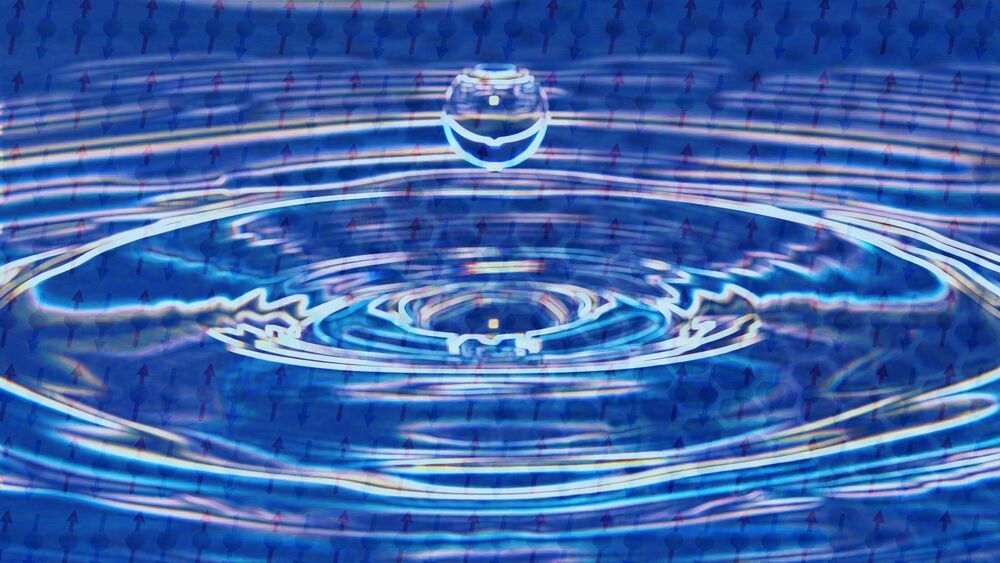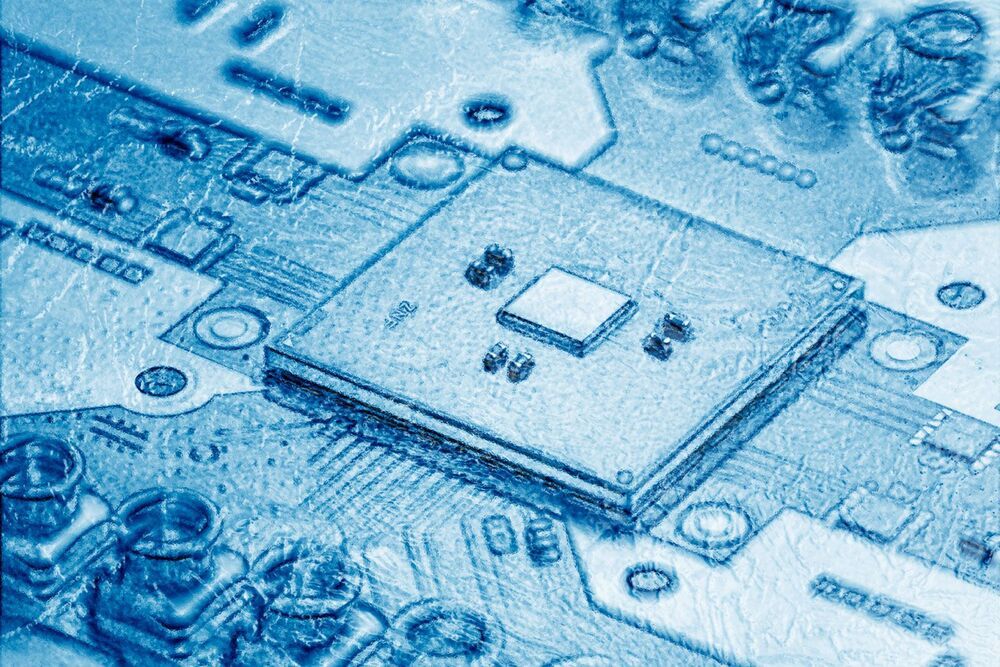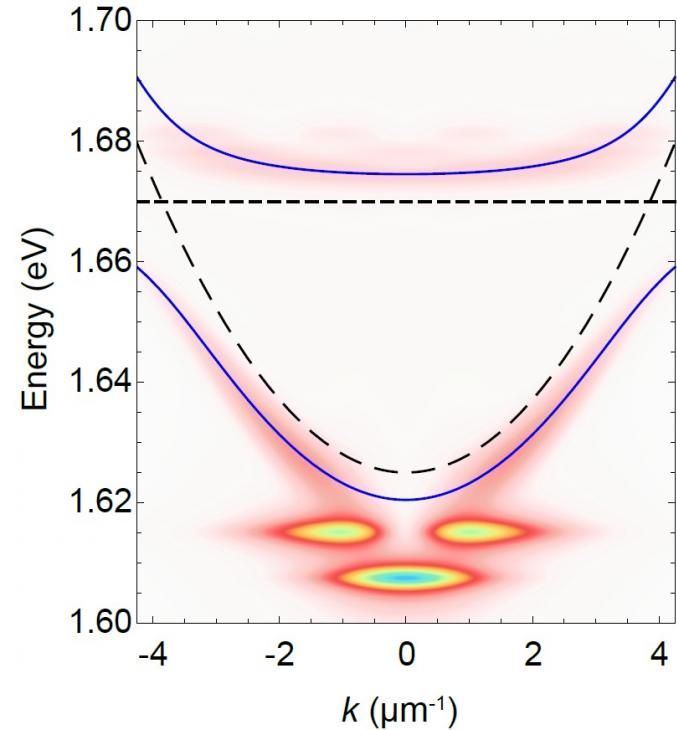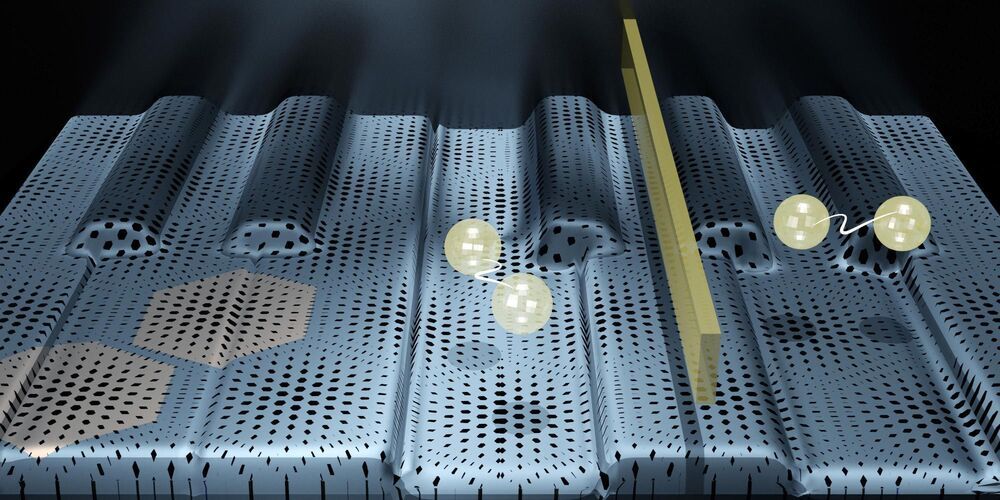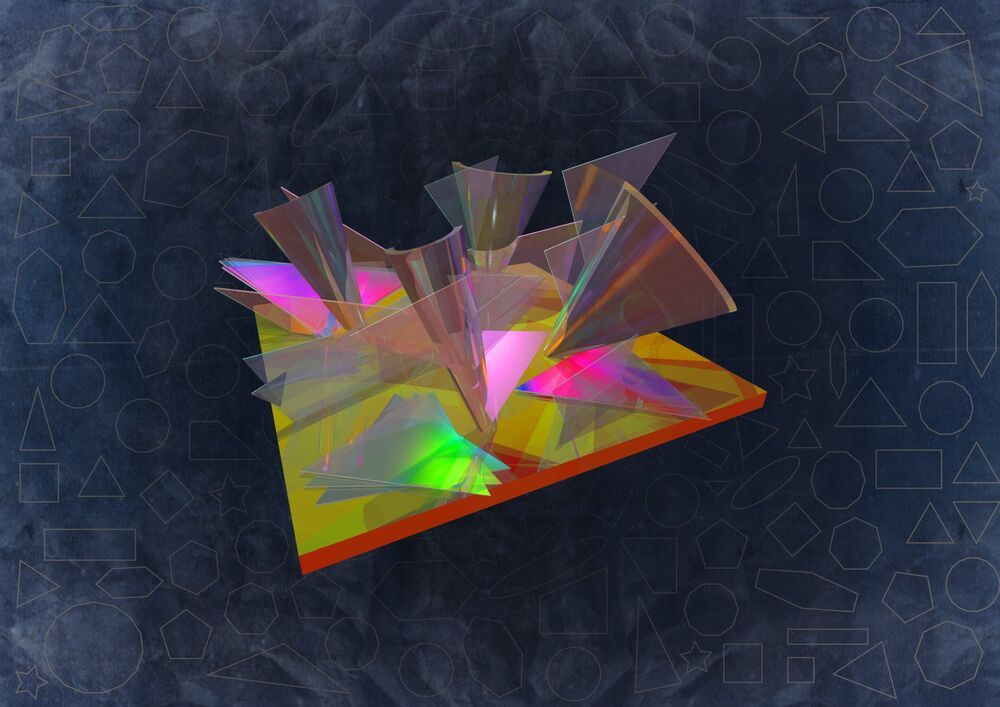A guide to bosonic codes and error correction in a photonic platform.
Ilan Tzitrin, J. Eli Bourassa, and Krishna Kumar Sabapathy
You and two of your friends, Judit and Gary, are on a long-awaited trip in southern India. On a leg of your journey, you find yourselves on a luxurious train ride through the Deccan Plateau, about to meander through the breathtaking Western Ghats. Before the scenery captures your attention, your friends decide to entertain themselves with a game of chess, while you continue to devour Carl Sagan’s Contact.
A half hour into an intensive game, Judit and Gary agree they could use a break to refresh, and they head to the dining car for some samosas and chai. At this very moment, the train begins a gentle ascent up a mountain, and all the chess pieces slide a little in one direction. The board ends up looking like this:


